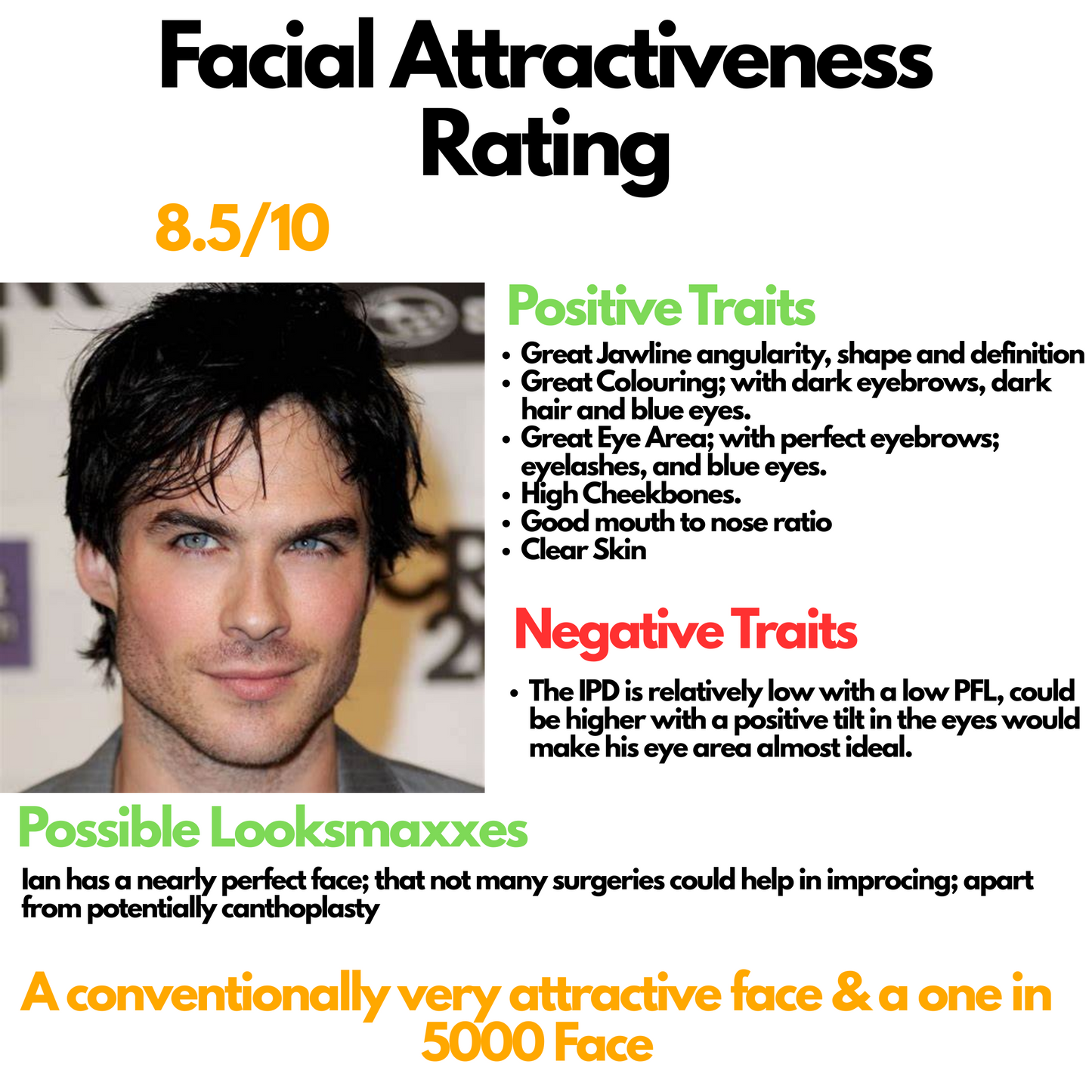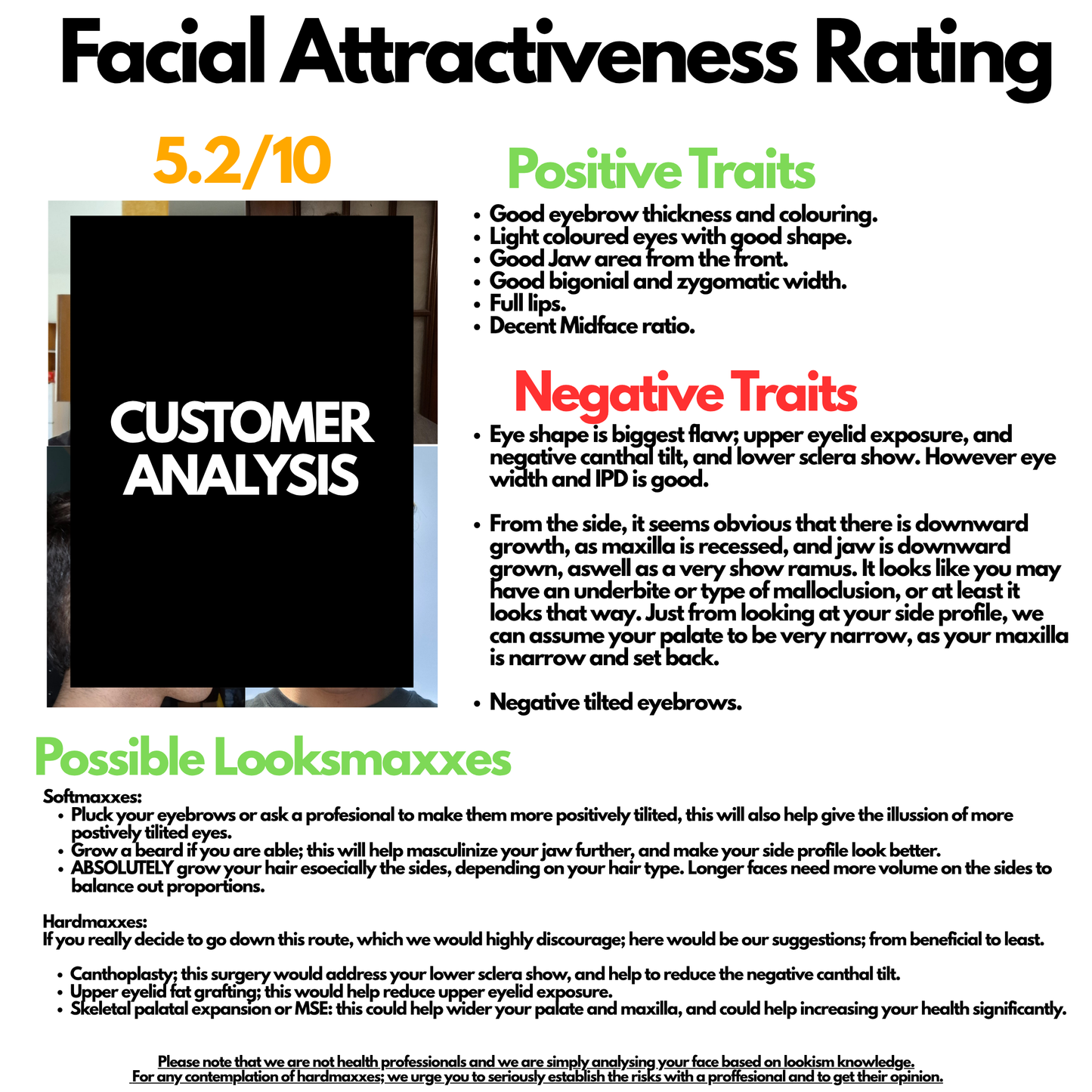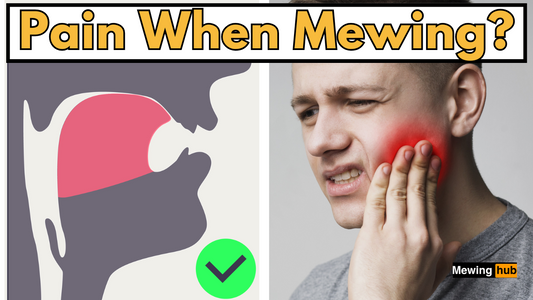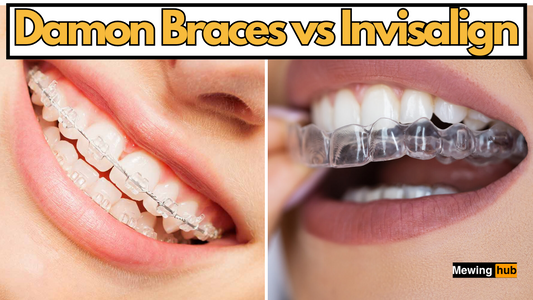How Palatal Expanders Can Change Your Face: A Comprehensive Guide
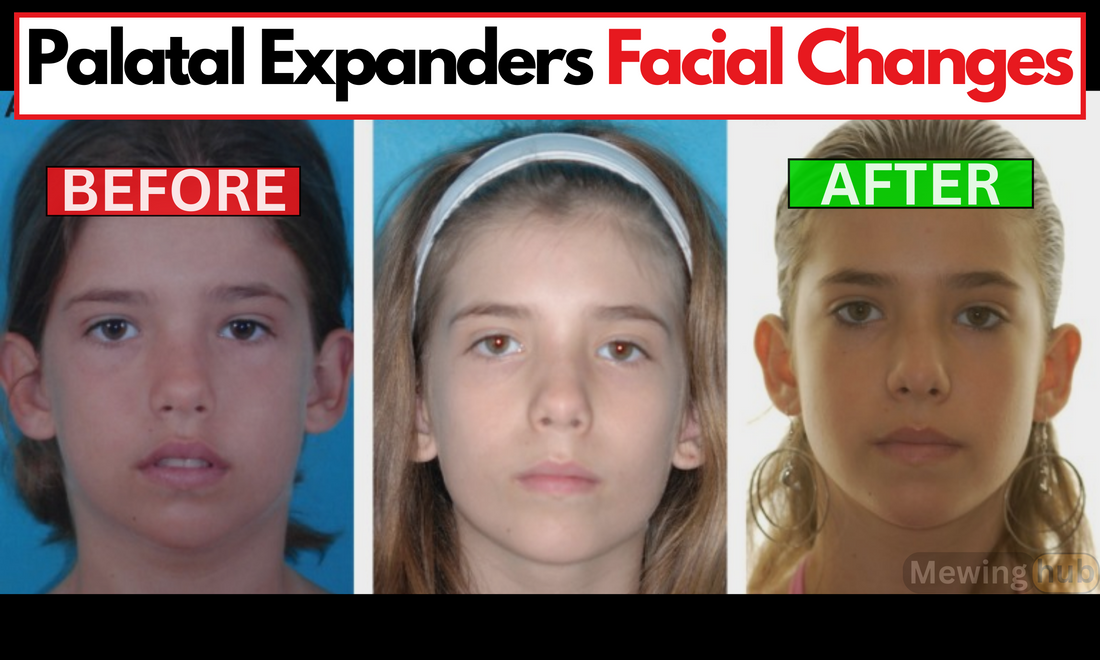
Share
Palatal expanders are orthodontic devices primarily used to correct narrow palates. However, their influence extends beyond the roof of the mouth, potentially reshaping facial aesthetics.
This article delves into how palatal expanders can affect facial structures, particularly in younger patients, and what changes one might anticipate during and after treatment.

Understanding Palatal Expanders
Palatal expanders are primarily used to widen the upper jaw when it is too narrow, a condition often identified in early childhood or adolescence. By applying gentle, consistent pressure, these devices gradually separate the midpalatal suture, encouraging bone growth and expanding the palate. This not only improves dental alignment but also has a significant impact on facial structure.
Facial Changes: Beyond the Palate
While the primary goal of palatal expansion is to address dental crowding and improve bite alignment, the process can also influence facial aesthetics.

As the palate widens, the bone that makes up the palate, known as the maxilla, also widens.
This change can subtly enhance and widen the cheekbones and the jaw width, contributing to a more balanced and aesthetically pleasing facial structure. Additionally, improved breathing due to a wider airway can positively impact overall facial harmony and health.
When it comes to enhancing facial structure, maxillary expansion is another critical aspect to consider.
To explore the most effective methods, read our article on MSE vs Palatal Expander: What is best for Maxillary Expansion? which compares these two popular techniques.
Age and Facial Adaptability
The impact of palatal expanders on facial structure is most pronounced in younger patients. Children and adolescents have more malleable bones, making them ideal candidates for palatal expansion. During these formative years, the facial bones respond more adaptively to orthodontic interventions, allowing for more noticeable changes in facial aesthetics.
As individuals age, the midpalatal sutures in the face tend to fuse by the age of 25, reducing the effectiveness of palatal expanders in making significant changes. Therefore, early intervention is crucial for maximizing the aesthetic benefits of palatal expansion.
Cheekbone and Airway Considerations
One of the notable potential changes associated with palatal expansion is the broadening of cheekbones. As the maxilla widens, it can create a more pronounced cheekbone appearance, contributing to a balanced facial structure.
Additionally, by expanding the palate, there may be an increase in airway size, which is not only beneficial for breathing but can also influence facial growth and development positively.
The Science Behind Palatal Expansion
The primary mechanism behind palatal expanders involves the gradual separation of the midpalatal suture, a growth site in the upper jaw. This separation encourages new bone formation in the gap, effectively widening the upper jaw.
This process is known as "suture expansion." The widening of the maxilla can have a cascading effect on the overall facial structure, enhancing cheekbone prominence and improving jaw alignment.
Potential Benefits Beyond Aesthetics
In addition to aesthetic improvements, palatal expanders can have several functional benefits. These include:
Improved Breathing:Enhanced Oral Health:
Better Bite Alignment:
Case Studies and Research
Research and case studies have shown that palatal expansion can lead to significant improvements in both dental and facial aesthetics.
For example, a study published in the American Journal of Orthodontics and Dentofacial Orthopedics found that palatal expansion in children resulted in noticeable improvements in facial width and symmetry.
Another study highlighted the long-term stability of these changes, indicating that the benefits of palatal expansion can be sustained over time.
Cheekbone and Airway Considerations
One of the notable potential changes associated with palatal expansion is the broadening of cheekbones. As the maxilla widens, it can create a more pronounced cheekbone appearance, contributing to a balanced facial structure.
Additionally, by expanding the palate, there may be an increase in airway size, which is not only beneficial for breathing but can also influence facial growth and development positively.
Conclusion: A Holistic View on Palatal Expansion Treatment
Palatal expanders offer a multifaceted solution in orthodontics, addressing both functional and aesthetic concerns. While their primary role is to correct palatal constriction, the potential positive effects on facial structure, especially in younger patients, provide an added benefit.
By understanding the holistic impact of palatal expansion, patients and caregivers can make informed decisions about pursuing this treatment and what to expect in terms of facial development.
In summary, palatal expanders can indeed change your face by widening the maxilla, enhancing cheekbone prominence, and improving overall facial symmetry. Early intervention is key to maximizing these benefits, making it an essential consideration for those undergoing orthodontic treatment.





